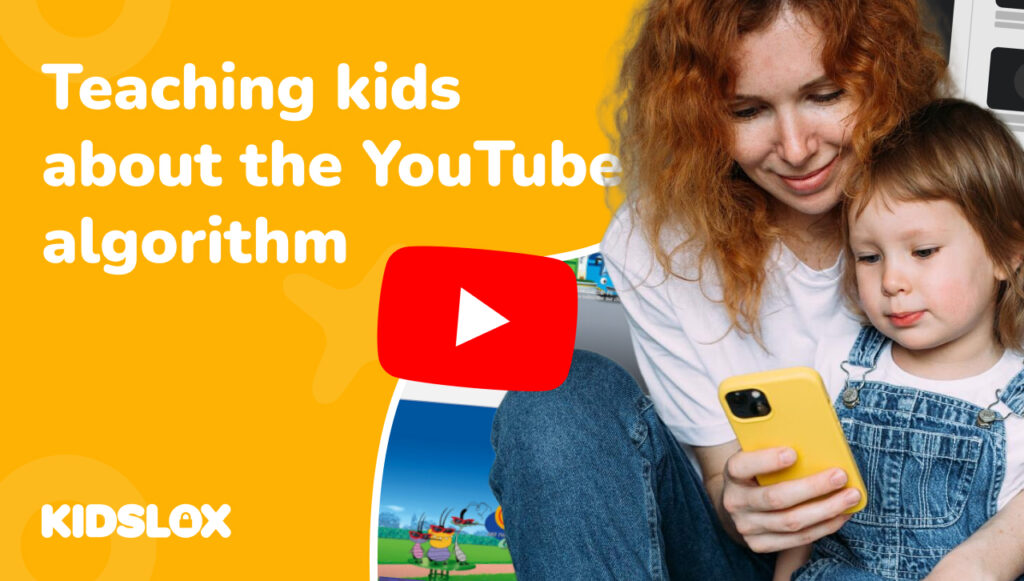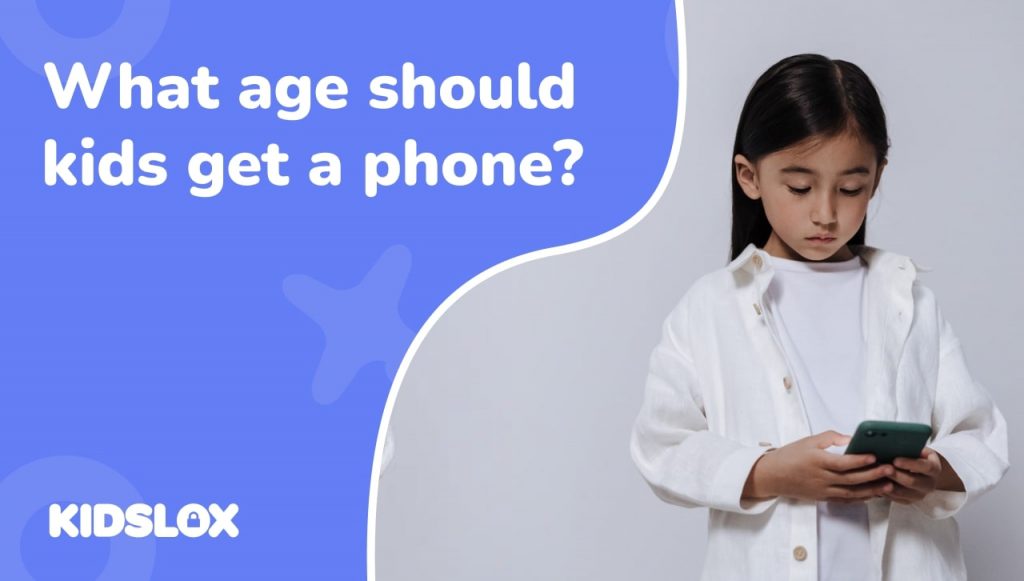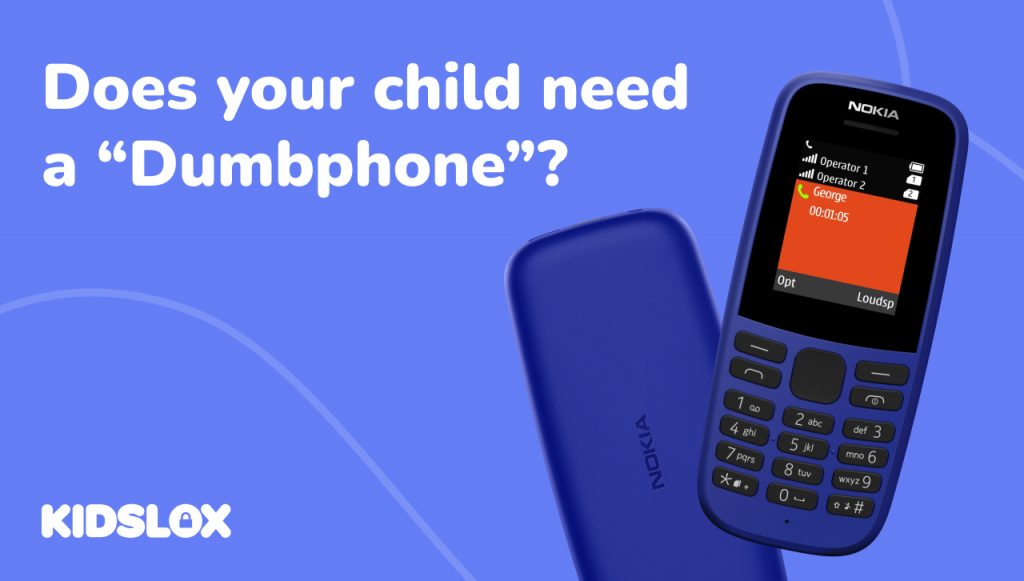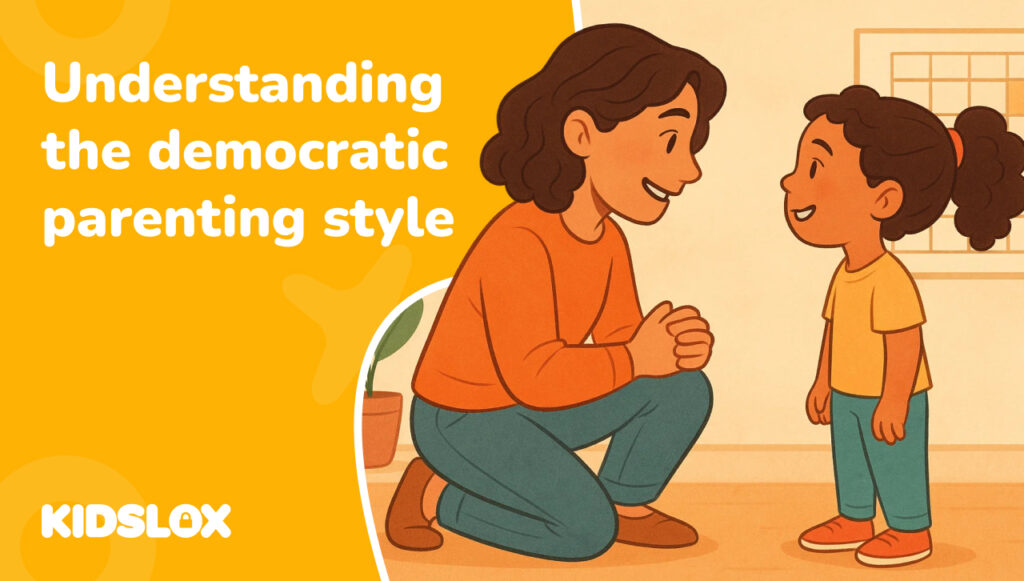While you could say that online apps such as Roblox or Minecraft have become a sanctuary for kids and teens, there’s no online playground that garners as much attention as YouTube.
The platform boasts an incredible 500 hours of content uploaded every minute – which means that there’s a near-endless stream of content available for young eyes to consume every single day.
But behind those colorful thumbnails and entertaining videos lies a sophisticated recommendation system – the YouTube algorithm – that is hard at work determining what the “next best video” is for your child to consume next.
As a parent, you may have noticed how quickly your child’s viewing can shift from educational content to something less than ideal. Maybe you’ve wondered why certain types of videos keep appearing in the recommendation list – or why your child’s YouTube viewing history is so… strange.
The YouTube algorithm isn’t just a technical feature powering the platform – it’s the invisible curator of your child’s online experience. And while YouTube has implemented various safety measures over the years, knowing how the YouTube algorithm works (and the dangers it might pose) is key to helping your children become digital consumers in this generation.
What Is an Algorithm?
Before we take a look at the inner workings of YouTube’s system, it can be helpful to get a better understanding of what an algorithm is. While it may seem like the algorithm is a mysterious force at work behind all things digital, it’s more straightforward in form and function.
At its most basic level, an algorithm is simply a set of instructions or rules that a computer follows to accomplish a task.
Think of it like a recipe – the algorithm tells the computer what ingredients to use and what steps to follow to create the desired outcome behind the scenes of what we see and do online.
Algorithms are everywhere in our digital lives. They determine which posts you see on social media, what products are recommended when you shop online, and even help navigate your car’s GPS to find the quickest route home.
What makes algorithms powerful – and often concerning – is their ability to learn and adapt based on data. Modern algorithms don’t just follow static instructions; they analyze patterns, learn from user behavior, and make increasingly personalized predictions about what users want to see or do next. YouTube, for instance, operates as both a search engine and a video platform, leveraging its algorithms to optimize keyword visibility and user engagement.
Think about social media as a whole. Many social media platforms have come under fire in recent years for powering their algorithms to hone in on specific behaviors – such as accusations, conspiracy theories, and aggressive rage-baiting – to drive engagement on posts.
That engagement leads to more time online, and more time online means more ad revenue for platforms.
In essence, algorithms start out as helpful ways to program our preferences – and quickly turn to programming our behaviors for another’s benefit.
How Does The YouTube Algorithm Work?
YouTube’s algorithm is one of the most sophisticated recommendation systems in the world – built on the years of data and technical know-how of parent company Google.
The YouTube algorithm processes mountains of data about viewing habits, engagement patterns, and content characteristics to decide which videos appear in your child’s feed. User feedback surveys on platforms like YouTube can influence individual video performance, particularly in terms of how prominently the video appears in user feeds and recommendations.
The Core Goals of YouTube’s Algorithm
While the algorithm helps curate your viewing list and show you more of what you like to watch, it has larger aspirations than just helping viewers.
YouTube has been transparent about its algorithm’s primary objectives:
- Maximize engagement – The algorithm wants to keep users (including your children) watching videos for as long as possible. This means recommending content that it predicts will hold their attention. Watch times play a crucial role in this, as longer watch times indicate viewer satisfaction and influence the video’s visibility on the platform.
- Personalize the experience – YouTube aims to create a unique viewing experience for each user based on their individual preferences and behavior.
- Satisfy viewers – Since 2015, YouTube has focused on “viewer satisfaction” as a key metric, using surveys and engagement signals to determine which videos viewers actually enjoy rather than just click on.
Taken together, these objects create a powerful incentive for creators to produce engaging and personalized content that will keep viewers watching. However, this algorithm also has its downsides – as we’ll explore soon.
How are YouTube Videos Recommended?
When you or your child uses YouTube, the algorithm goes to work immediately to create recommendations in three key areas:
- Home Page Recommendations
These are the videos that appear when your child first opens YouTube. They’re based on:
- Previous watch history
- Videos similar to what they’ve enjoyed before
- Content trending among similar viewers
- New videos from channels they’ve engaged with
The home page recommendations are incredibly powerful. Think of the last time you hopped onto YouTube to look up a video, only to click on a thumbnail that caught your eye. Minutes (or hours) later, you can’t remember your original reason for getting on the platform!
- Suggested Videos
These appear alongside or after the video your child is watching. They’re determined by:
- Videos that are commonly watched together
- Videos on similar topics
- Content from the same channel
- Your child’s recent viewing patterns
The suggested video feature is designed to enhance viewer engagement by recommending content based on user behavior and viewing history.
- Search Results
When your child searches for content, specific videos will pop up first. Like Google’s search engine pages, these results are ranked – meaning what videos appear is based on:
- Relevance to the search terms
- Engagement metrics (watch time, likes, shares)
- How well the video has performed with similar viewers
There are different ways that videos can boost their chances of being ranked higher – from curating their relevant keywords and copy within the video title and description, and using specific keywords to optimizing for YouTube search.
That’s why you’ll often find videos with click-bait type names such as “You’ll NEVER Believe What Happens Next!” or “The TRUTH Behind This Shocking Viral Video!”
These titles may seem exaggerated, but they serve to entice viewers and improve the video’s ranking.
How Does The YouTube Algorithm Learn from User Behavior and Watch History?
What makes the YouTube algorithm particularly powerful is how it learns from your child’s behavior.
Like any other AI, it uses machine learning to analyze how users interact with videos – from what they watch, like, and share to how long they watch and where they stop watching. This drives what YouTube trending videos users will see, as well as what appears in the suggested videos feed.
- What they click: Every video your child selects teaches the algorithm about their preferences and helps it recommend other videos on similar topics
- How long they watch: Videos watched to completion are given more weight in future recommendations
- Engagement actions: Likes, subscriptions, and shares signal stronger interest
- Time of day and device: The algorithm even considers when and how your child watches
This personalized learning creates what experts call a “filter bubble” – a customized version of YouTube that can become increasingly narrow in the content it shows.
For children, this can mean being steered deeper into specific content types, whether educational topics, gaming videos, or, unfortunately, less appropriate material.
Recent YouTube Search Algorithm Changes Affecting Children’s Content
YouTube has made several significant updates to its algorithm in recent years in an effort to address concerns about children’s content:
- In 2019, YouTube tweaked its algorithm to promote what it calls “quality family content” – though this change dramatically affected many children’s content creators. These changes have also influenced how creators manage their YouTube channel to maintain viewership and engagement.
- The platform has implemented stronger filters to limit exposure to potentially harmful content
- YouTube now prioritizes authoritative sources for children’s educational content
- The dedicated YouTube Kids app uses an even more restrictive algorithm focused on age-appropriate videos
While these changes have improved safety, they aren’t perfect. The fundamentally engagement-driven nature of the algorithm can still lead children down problematic content paths if left unmonitored.
The Dark Side: How the YouTube Algorithm Can Expose Kids to Harmful Content
Despite YouTube’s efforts to create a safer environment, the platform’s algorithm still has the potential to lead viewers – including children – down a path to inappropriate or harmful content.
Trending videos, which showcase popular content based on factors like view count and engagement, can sometimes include sensational content that gains attention quickly.
This makes engaging with your child as they use the platform all the more important, as they will often learn their habits from your guidance or behavior.
Content Rabbit Holes
One of the most concerning aspects of YouTube’s algorithm is what researchers call the “rabbit hole effect” – where initial innocent content gradually leads to more extreme or inappropriate videos through a chain of recommendations.
The algorithm’s method of ranking videos based on user engagement and retention plays a significant role in this process.
Here’s how a content rabbit hole usually happens:
- A child begins watching age-appropriate content, like a cartoon character or an educational video
- Based on engagement patterns from millions of users, the algorithm suggests slightly more sensationalist content that might hold attention longer
- With each video viewed, recommendations can drift further from appropriate content
- Eventually, the child may encounter videos with inappropriate themes, language, or imagery that weren’t actively searched for
Here’s an example you may know all too well: Your child might start by watching legitimate dinosaur videos but end up viewing conspiracy theories or frightening content about extinction events. Or they might begin with harmless prank videos only to be recommended increasingly extreme or dangerous stunts.
Algorithm-Driven Video Content Issues Related to Children
Several algorithm behaviors create unique risks for young viewers:
Engagement Prioritization: The algorithm rewards videos that keep viewers watching, which often means content that is more sensational, surprising, or emotionally triggering – qualities that may not align with what parents want their children consuming.
Content Mimicry: Bad actors create disturbing video content featuring popular children’s characters, knowing these keywords and thumbnails will attract young viewers. Though YouTube has cracked down on this content, some still slip through.
Autoplay Functionality: Unless disabled, YouTube automatically plays suggested videos after one ends, meaning children can drift into inappropriate content without actively selecting it.
Watch History Contamination: If multiple family members use the same YouTube account, adult viewing choices can influence what’s recommended to children later. This can create a confusing mix of age-inappropriate and developmentally appropriate content.
Does YouTube Have Parental Controls?
As we have seen above, YouTube has taken steps to try to help enhance safety on the platform. While not perfect – few platforms can offer a fool-proof parental control environment on their own – YouTube does have tools and features designed to give parents more control.
Parents can also monitor what appears on the YouTube homepage to ensure that the content recommendations are appropriate for their children.
YouTube Kids App – Kid-Friendly YouTube Creators and Search Results
YouTube Kids is a separate application specifically designed for younger viewers, with enhanced safety features that tighten the algorithm’s access to the larger video library. YouTube Kids offers more personalized video suggestions for children, as well as:
- A simplified interface with larger buttons and fewer distractions
- Age-specific content filters (Preschool: 4 and under, Younger: 5-8, Older: 9-12)
- Timer functionality to limit viewing sessions
- No comment sections
- Ability for parents to approve specific videos and channels only
The app’s homepage is similar to YouTube’s homepage, curating content based on user behavior and preferences to ensure a personalized experience for children.
While helpful in creating a friendlier option for kids and families, YouTube Kids isn’t perfect:
- Not all inappropriate content is automatically filtered
- Requires parental setup and monitoring
- Some children find the interface too limiting as they get older
- Not available in all countries
YouTube Restricted Mode
For families with older children who want to use the main YouTube platform, parents and guardians can still add guardrails with YouTube’s Restricted Mode.
This mode offers an additional layer of protection by filtering out potentially mature content using signals like video title, description, metadata, and age restrictions. You can enable this mode at the device level or, if you have a family Google account, across all devices.
While Restricted Mode allows kids and teens to use the larger YouTube platform, it still has limitations:
- Restricted Mode catches a significant amount of mature content but isn’t 100% accurate
- It works better for obvious mature content than for subtle issues
- The mode can sometimes filter educational content that discusses mature topics appropriately
Content Settings and Controls
There are other ways you can help limit the YouTube algorithm’s impact on your child’s viewing habits, including:
Search History Management
You can help curate the algorithm a bit more by actively engaging with what the algorithm is learning based on your child’s use history.
Occasionally, go in and view what your child has been looking at, and clear out the history to help prevent access back to any content that may be questionable or undesirable. This can help to slow down or prevent the algorithm’s learning model.
Customize Account Settings
You can also create custom account settings to help control what your child has access to on the YouTube app by:
- Creating a supervised account for children under 13
- Setting content restrictions through Family Link (Google’s parental controls app)
- Disabling autoplay to prevent automatic progression to recommended videos
- Monitoring and controlling YouTube thumbnails to ensure they are appropriate and not misleading
Reporting Tools
You can play a role in what YouTube allows on the platform by engaging with its reporting tools.
If you see content that is inappropriate or violates their community guidelines, you can report it through the flag icon under the video. This will send a notification to YouTube, and they will review the content for removal if necessary. You can also block specific channels or videos from appearing on your child’s account by using the “Block” option.
Take Control Back From The Algorithm with Kidslox
Algorithms aren’t going anywhere soon, and families who know how to educate themselves and their children on how algorithms work will be better equipped to engage in the digital world safely.
Whenever possible, take time to watch YouTube videos together – especially with younger children. This allows you to discuss content choices in real time and observe what the algorithm recommends.
Don’t be afraid to ask critical thinking questions like “Why do you think YouTube suggested this video next?” or “Do you think this video was made to teach you something or just to keep you watching?” The more you can help your child understand the inner workings of algorithms, the more they can learn to take control and make intentional choices online.
How Kidslox Helps Protect Children on YouTube
While education is essential, having reliable tools to enforce boundaries is equally important. Kidslox provides parents with comprehensive solutions to ensure children’s YouTube experiences remain safe and healthy:
- Individual App Blocking allows you to control when and how your child accesses YouTube, either blocking it entirely during certain times or limiting daily usage.
- Powerful Content Filtering works with YouTube’s restricted mode to ensure your children are protected from over 4 million inappropriate URLs, with only safe search results displayed.
- Daily Screen Time Limits help you manage overall device usage, automatically switching to Lock mode when time runs out—perfect for preventing YouTube binges.
- Detailed Reporting gives you insights into your child’s viewing habits, helping you understand what content they’re engaging with and how the algorithm is responding.
Remember that the YouTube algorithm isn’t inherently good or bad—it’s a tool designed to maximize engagement. With your guidance and the right parental controls, your child can enjoy the educational and entertainment benefits of YouTube while avoiding its potential pitfalls.
Download Kidslox today and take the first step toward creating a safer, more balanced digital experience for your family!





